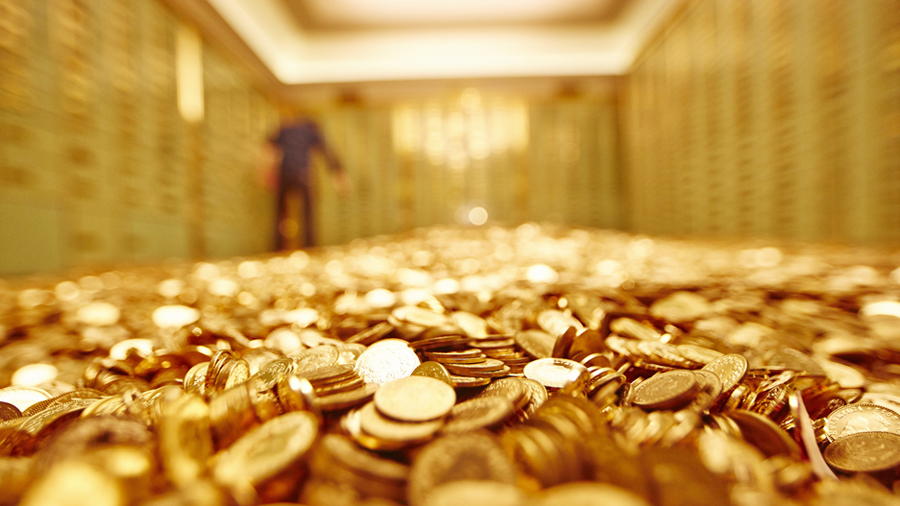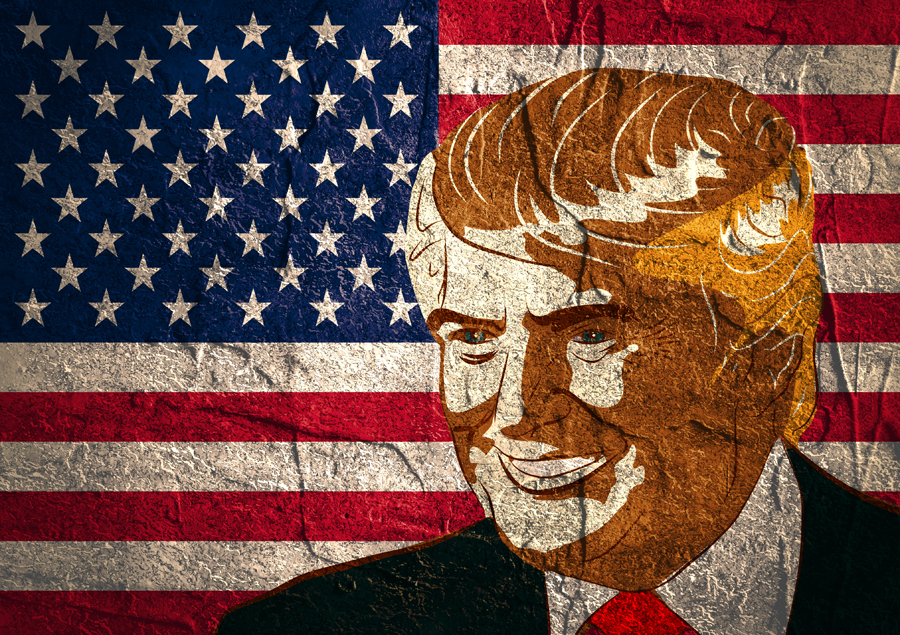Investment demand for gold jumps to all-time high

In late trade in New York on Wednesday gold edged higher to exchange hands at $1,352 an ounce. Last week gold closed at a two-year high and year to date the metal is up 27% or nearly $300 an ounce.
A new study shows the rally – the best first half performance since 1980’s banner year when the inflation-adjust gold price topped $2,000 an ounce – has been almost entirely driven by investors in physical gold-backed exchange traded funds.
According to the World Gold Council’s Gold Demand Trends report covering the first half of 2016, ETF investors who’ve been stocking up on the metal right out of the gate this year continued to pour money into gold ETFs in the second quarter.
Frenzied investment demand were behind the best ever first half for the metal topping the first six months of 2009 when investors in the throws of the global financial crisis sought the safe haven of gold.
Investment demand of 1,064 tonnes accounted for almost half of overall gold demand during the first six months of 2016 and it was the first time on record that investment has been the largest component of gold demand for two consecutive quarters.
“While there is some evidence of momentum buying, investors are primarily initiating or rebuilding strategic, longterm holdings and these investments are likely to be sticky”
Overall global gold demand reached 1,050 tonnes in the second quarter of 2016, down from the blockbuster March quarter, but a 15% increase compared to the same period last year. While other sectors including central bank purchases declined, investment demand was 141% higher than Q2 2015.
ETFs and similar products surged to 237 tonnes of inflows worth $9.6 billion in Q2 and 580 tonnes or $23.4 billion for the first half, more than reversing the cumulative outflows from 2014 and 2015.
Slight gains were registered in global bars and coins investment, but demand from small-scale investors in the US and other western markets increased sharply with US gold Eagle coins registering a 84% pick-up in sales volumes this year.
Juan Carlos Artigas, Director of Investment Research at the WGC, told MINING.com, the continued strong investment was fuelled by increasing global economic and political uncertainty which was only exacerbated by the unexpected outcome of the UK referendum, looming elections in the US.
Worries about the impact of negative interest rates, ultra-loose monetary policies in many developed economies and the delays to the normalization of the interest rate regime in the US also drove investors to gold.
“Pent up demand among investors who have been looking for a way back in, found the necessary catalyst”
Artigas said the dollars flowing into investment products weren’t necessarily “new money” but much of it represented asset managers simply increasing existing allocations or re-entering the gold market. He believes these ETF investment are likely to be “sticky”:
‘While there is some evidence of momentum buying, investors are primarily initiating or rebuilding strategic, longterm holdings after the wash-out of positions since early 2013.
“Pent up demand among investors who have been looking for a way back in, found the necessary catalyst to do so this year.”
Artigas said gold ETF inflows are split about half-half among retail and institutional investors. In that sense ETF investment is “democratic” – whether you’re an individual or large-scale hedge fund you pay the same price and are charged the same fees.

In contrast to the investment sector, all other categories contracted sharply. Jewellery demand plunged 14% compared to last year. A 33% jump in US purchases could not make up for double digit declines in the top markets of China, India and the Middle East. Technology demand also dipped due to reduced electronic device sales.
Central bank purchases slumped by a whopping 40% year over year to just 77 tonnes during Q2. The total also compares to a five year average of 139.5 tonnes in central bank quarterly purchases.
More News
First Quantum’s Cobre Panama mine ready to suspend arbitration
Panama government will allow the export of 120,000 metric tons of copper concentrate that has been stuck in the shuttered mine for over two years and allow restart of the power plant used to run the mine.
March 14, 2025 | 12:31 pm
Trump-driven turbulence draws new investors into gold
Analysts say the policy upheaval has begun to tempt US investors into gold ETFs.
March 14, 2025 | 11:27 am
{{ commodity.name }}
{{ post.title }}
{{ post.excerpt }}
{{ post.date }}



2 Comments
Ibrahim Sadiq
If you have buyer who is ready to buy gold in a legit way and not broker who is full of lies I can work with AA mineral and PMMC . Please we dont deal with time waster or any buyer who claims to have and account with any of this refinery or buyer who claims to have representatives in Ghana. Any intrested buyer should contact me.
Ibrahim Sadiq
SKYPE:ibraminingcoltd
e mail ibraminingcoltd@gmail.com/ibraminingcoltd@msn.com
Sayed Adel
prices gold is high, i know from http://www.as3arak.com